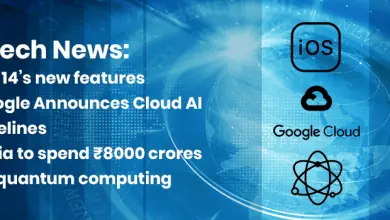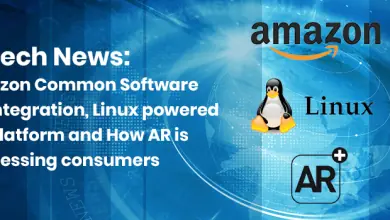Everything You Want to Know About Optical Computers

An optical computer (also called a photonic computer) is a device that uses the photons in visible light or infrared (IR) beams, rather than electric current, to perform digital computations. An electric current flows at only about 10 percent of the speed of light. This restricts the rate at which information can be exchanged over long separations, and is one of the components that prompted the advancement of optical fiber. By applying a some of the benefits of unmistakable and additionally IR systems at the gadget and part scale, a PC may some time or another be built up that can perform tasks 10 or more times faster than a conventional electronic computer.
Why Optical Computer?
In Principle, speaking with light is much simpler than speaking with power. We’ve been doing it for longer, in innovations running from signal fires to fiber-optic systems, since photons have the ability to move information for more faster than electrons. However, light likewise has many frustrating issues that electrons don’t – issues that have shielded light from dislodging power on the nanometer sizes of present-day computing. For a long, the real impediment to a photonic transformation in computing, and an exponential increment in computer speed has been a kind of lose situation between three major players: size, power, and heat. Also, the following reasons are of need,
- Moore’s Law states that the number of transistors on a computer chip doubles every eighteen months.
- Traditional transistors can no longer keep up.
- Too numerous transistors will hinder processor speeds.
- Transistors have physical size limits.
- Metallic wires limit the speed of transmission.
- Resistance per unit length in the chip is being increased, causing more power usage and excess heating.
Advantages of Optical Computer:
- Small size
- Increased speed
- Low heating
- Reconfigurable
- Scalable for larger or small networks
- More complex functions done faster
- Applications for Artificial Intelligence
- Less power utilization (500 microwatts per interconnect length v/s 10 mW for electrical)
Limiting Factors for Optical Computer:
- Optical fibers on a chip are more extensive than electrical traces.
- Crystals need 1 mm of length and are a lot bigger than current transistors.
- Programming expected to structure/Design and run computers.
If you have any doubts or queries regarding the blog please contact us we are here to solve your queries.





